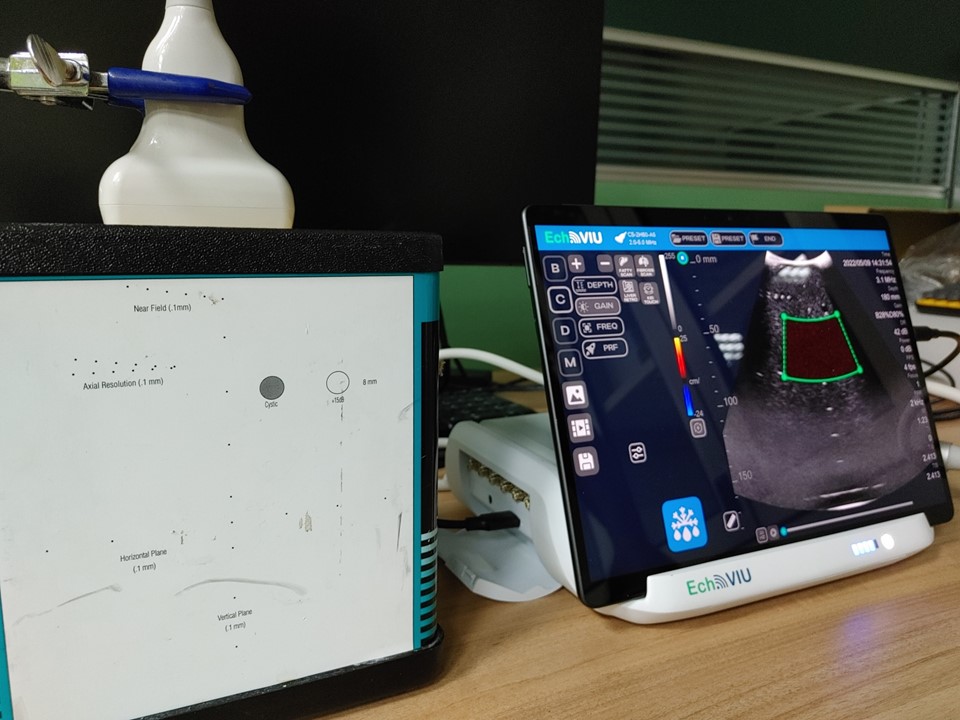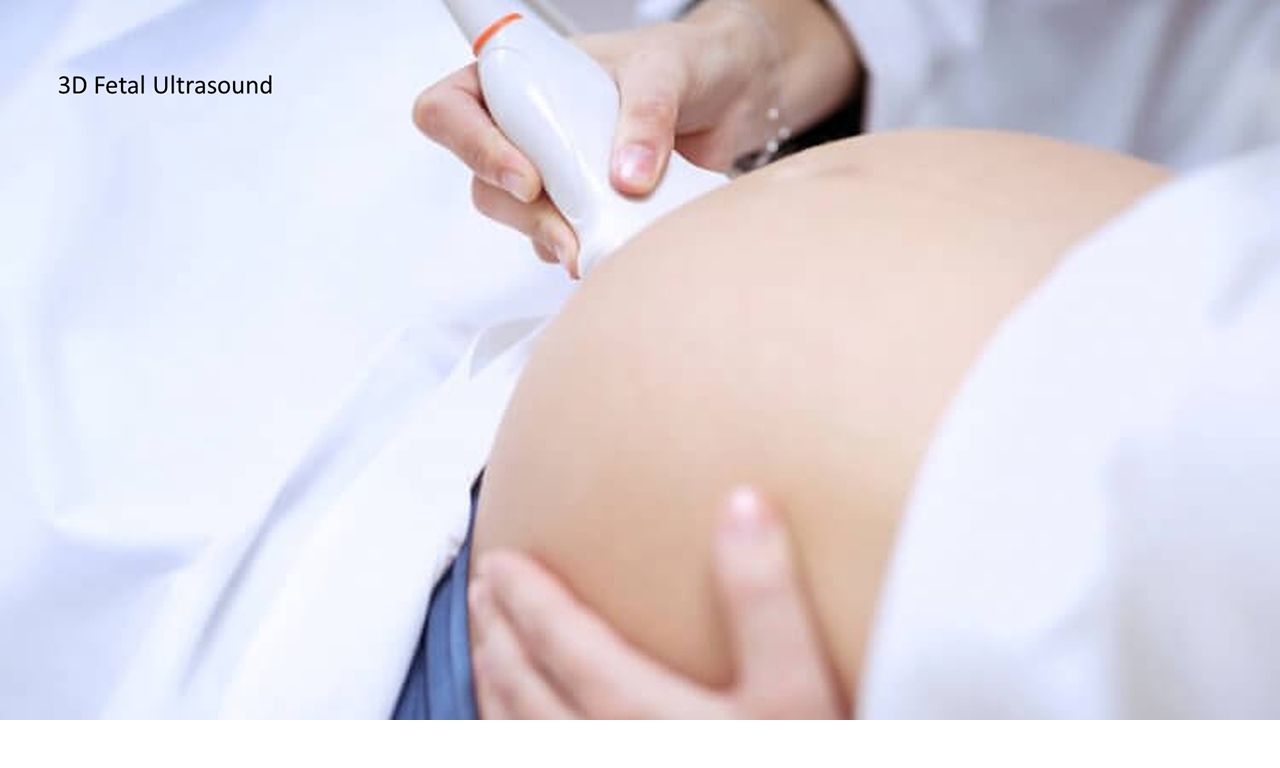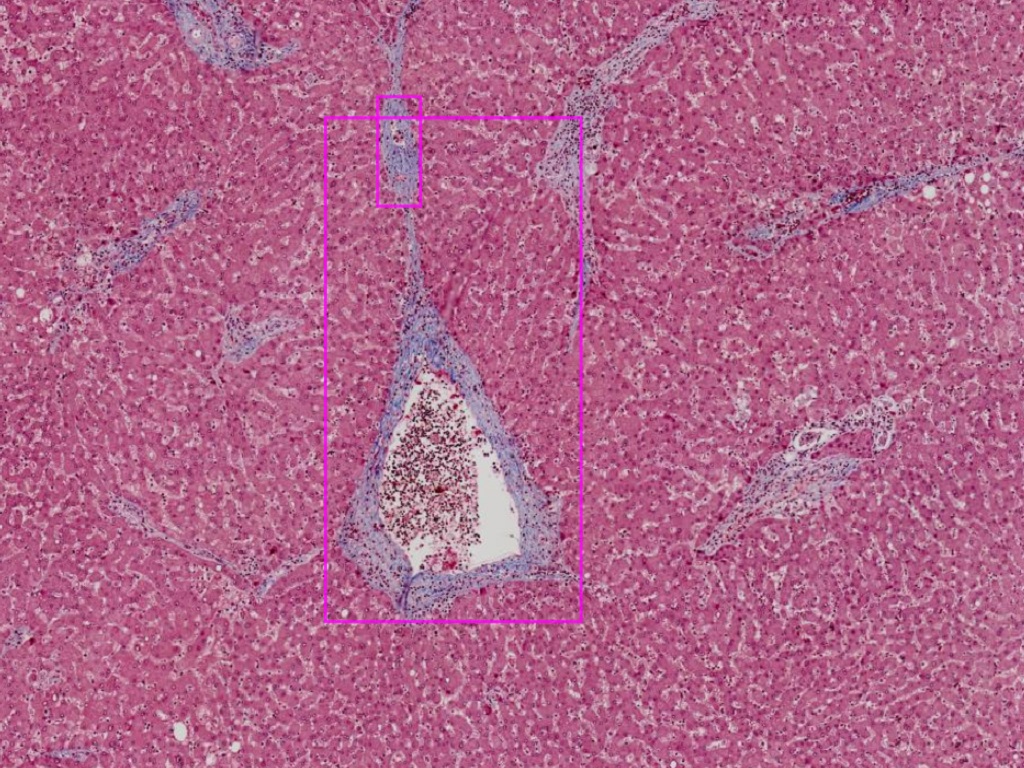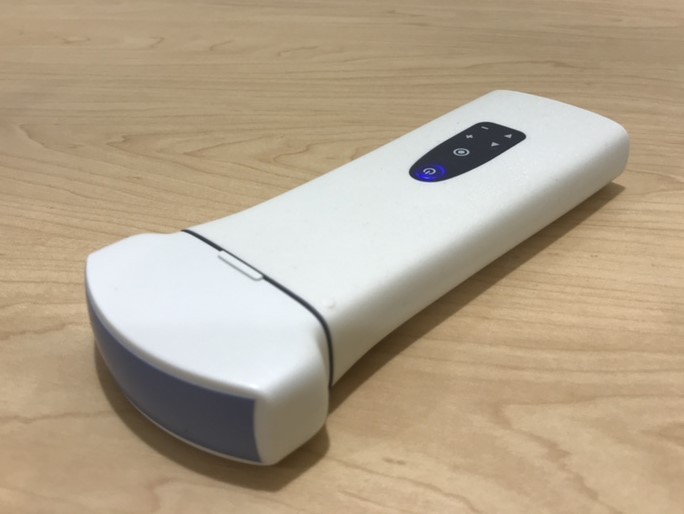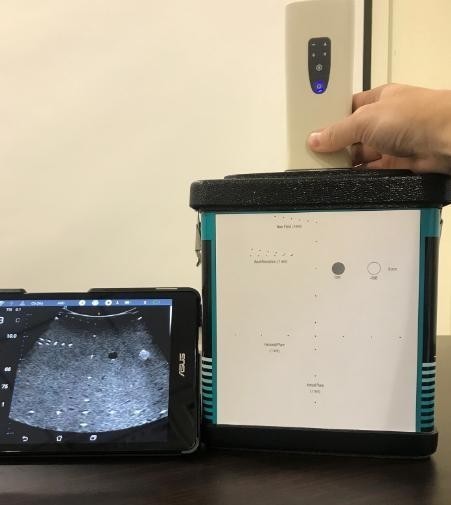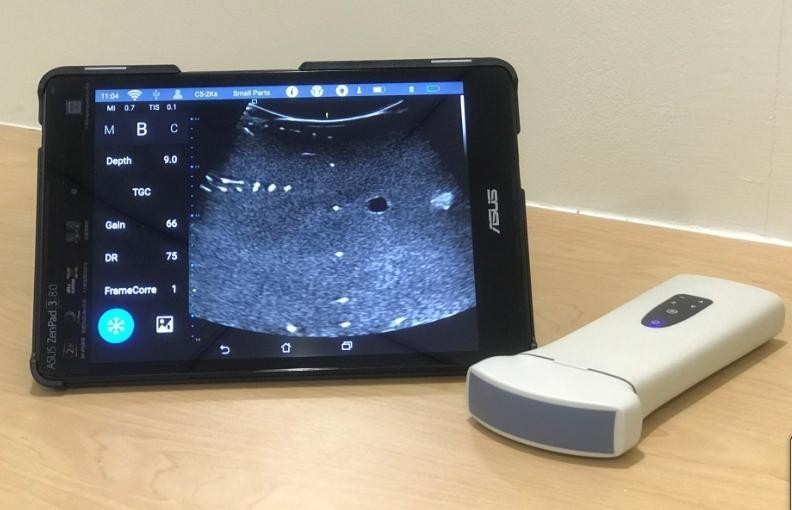| Technical Name | FattyTouch: an ultrasound system dedicated to fatty liver screening | ||
|---|---|---|---|
| Project Operator | Chang Gung University | ||
| Summary | This product is a handheld fatty liver screening ultrasound system that provides abdominal ultrasound image scanning capabilities. In addition, it includes built-in image analysis software that allows physicians to select the region of interest in the liver for analyzing of scattering signal. The physicians can use the parameters analyzed by the system as the reference for diagnosis the degree of fatty liver. |
||
| Scientific Breakthrough | Liver steatosis can lead to steatohepatitis (fat in liver causing liver inflammation), which further leads to liver fibrosis and cirrhosis. Fatty liver has been a risk factor for liver cancer. Therefore, the diagnosis and tracking of hepatic steatosis have gradually become one of the important topics in clinical. Existing clinical ultrasound imaging systems include Fibroscan produced by Echosens, France, and computer-aided diagnostic software ASQ from Toshiba are currently the main tools for assessing fatty liver, but each has its own limitations. The use of Fibroscan in diagnosis the fatty liver in children is limited by the narrow spacing of children's ribs and children turmoil during the measurement process, which can influence the results of measurements. ASQ technology also needs the high-end ultrasound system, which has no advantage in the universality, permeability, and cost-effectiveness. Compared with these conventional technologies, our system is a highly mobile fatty liver screening system. The development of ultrasonic scattering signal processing and analysis technologies is supported by the Ministry of Science and Technology Medical Device Project to measure the degree of fatty liver and integrates with a handheld ultrasound imaging system. The system provides physicians not only with traditional scanning mode but also with objective data as a reference for judging the degree of fatty liver. Combining the software technology of quantitative analysis of liver tissue in a point-of-care ultrasound system is the feature of this technology. Therefore, its competitiveness surpasses existing ultrasound-based fatty liver scanning systems and can meet the basic medical needs of medical institutions, clinics, and inspection units to achieve rapid introduction, universal action, and simple and effective liver disease prevention and control strategies. In the future, this product can be used for aided diagnosis, treatment assessments, and health checks for adults and children. |
||
| Industrial Applicability | 軟組織性質變化評估,特別是在肝臟脂肪變性的診斷評估上有良好效益。 |
||
other people also saw

